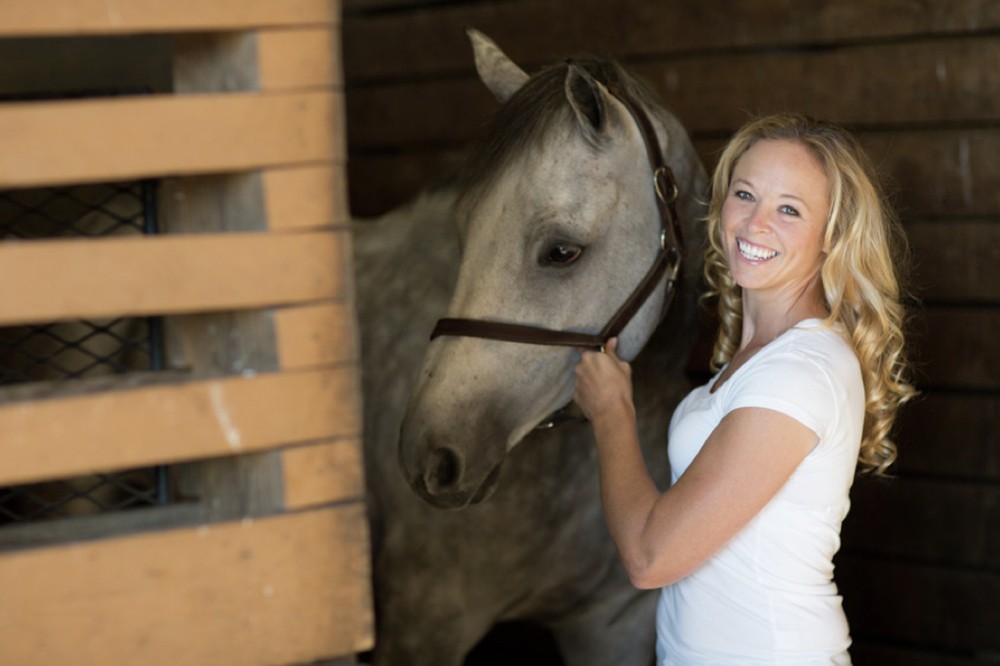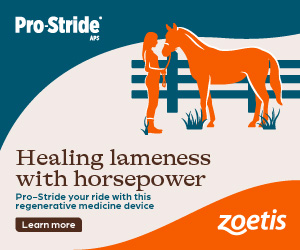You're Up – Kama Godek: The Problem with Pay-to-Play

International show jumper Kama Godek says that having more than a few pay cards in show jumping is problematic, but many show jumpers are forced to play along.
By Kama Godek
It started in the U.S. with the milage rule. A rule that national level shows had to be separated by 250 miles (400 km), with exceptions to highly populated areas, like the winter in Florida. I have yet to meet anyone, other than a show organizer, that is in favor of this monopolistic approach to competition.
With fewer shows to choose from, the U.S. organizers were able to lower the quality and increase the costs associated with showing and still receive the entries needed to profit. It was not until recently that there were even FEI shows offered in the U.S. between WEF and the Hampton Classic (that’s four months without FEI). Riders had to go abroad if they wanted world-ranking points, making it hard for U.S. riders to get into shows abroad.

Back in Europe, when show organizers realized this was happening in the U.S., they said, “Why can’t we increase costs for competitors as well?” It became clear to the organizers that they could get competitors to pay the high price of VIP tables at big shows in order to gain entry, if the riders could not get accepted to the show by their competitive ranking alone – essentially, buying their way into elite competitions.
The problem with allowing riders to buy their way into elite competitions is that the true athletes that have worked hard for years and years can’t afford to get into those shows, especially in the U.S.
And it’s working. The better riders buy into elite shows for the prize money and ranking points, and others do it for the prestige of saying they rode at grand venues around the world. The Global Champions Tour fed into it as well. When the organizers see that there’s a waitlist for a table, it’s supply and demand. They’re going to ask more money and say, “You want to play? Then pay.”
The problem with allowing riders to buy their way into elite competitions is that the true athletes that have worked hard for years and years can’t afford to get into those shows, especially in the U.S. When you get high enough in the rankings to gain entry by athletic merit, there are often offers to buy their earned space. And if someone’s going to pay $15,000 for your spot – and you are never guaranteed a paycheck without top results – it’s sometimes worth it.
Getting into that top 35 bubble is difficult and even more so if you’ve needed to take a break during an injury which can often happen in our sport.
Money in the sport is a good thing. And I feel every show profits by having a limited number of pay cards to help fund the show and offset corporate sponsorships. Funding doesn’t even need to come directly from riders buying a table or spot in the show, but may come from giving a local rider the opportunity to compete in front of their home crowd. Allowing high profile public figures, or children of, also increases the awareness of the sport and helps media bring awareness to a show.
Promoting the show helps everyone.
While I don’t like the idea of more than a few wild cards per show, I think at one point or another we’ve all had to play into it. For me, it was last year at the Washington International Horse Show. I didn’t have my normal grand prix horse going earlier in the season so I didn’t have the ranking points I needed to get into the show. Fortunately, in the past years I had been media-friendly with them and helped promote the show via morning talk shows and through social media, so they let me compete this year. I didn’t offer to pay, but I did offer increased seat sales and media presence which in turn brings in more revenue.
Similar situations can happen if a rider gets injured, not just a horse. Getting into that top 35 bubble is difficult and even more so if you’ve needed to take a break during an injury which can often happen in our sport. Sometimes the only way to get back to the top is taking the risk to pay into the show. I’m against it, especially since I have worked my way up from the bottom, but we all have to work the system, that’s the only way. We all do.


